-
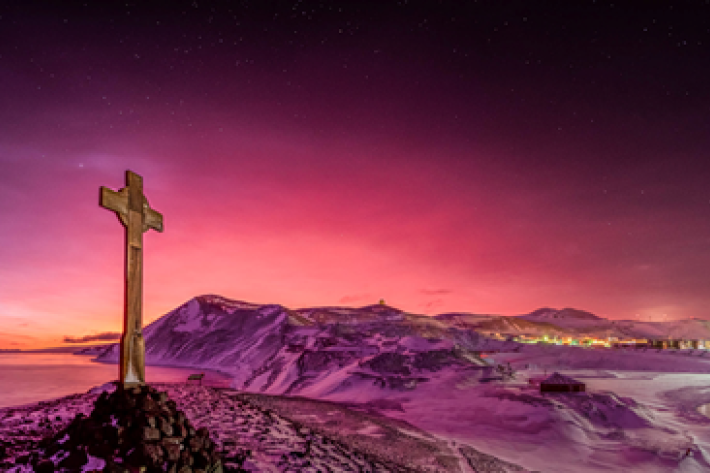
Tonga volcano “afterglow” causes dazzling skies in Antarctica
Media release06 June 2017Antarctica is experiencing stunning skyscapes like those recently seen in New Zealand, thanks to the afterglow effect from the Tongan volcano. -
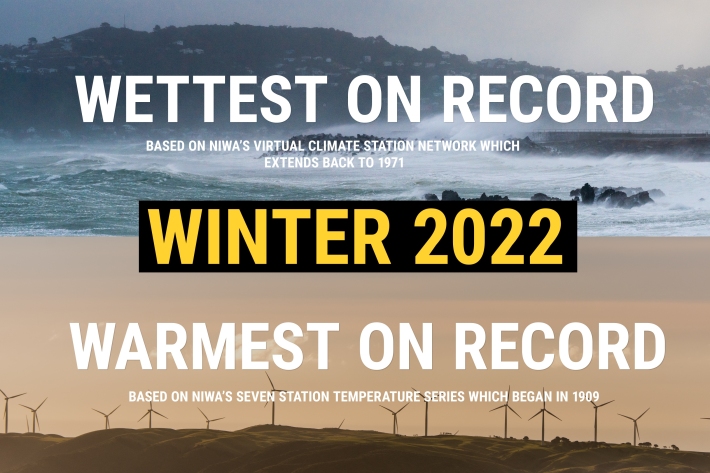
NZ's warmest and wettest winter on record
Media release06 June 2017NIWA’s climate scientists can now confirm what you may have suspected. After carefully poring through more than a century’s worth of data, it has been officially determined that winter 2022 was Aotearoa New Zealand’s warmest and wettest on record. -

Proud of your plants? 1 June 2017
News article01 June 2017NIWA is doing a nationwide study to discover what makes the best riparian projects. Help us give you the knowledge to make the best riparian management decisions possible by taking our 5 minute survey. -
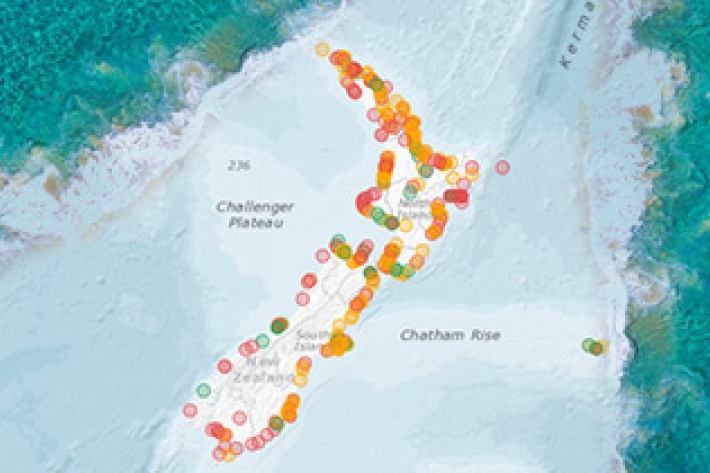
New database sheds light on prehistoric tsunamis affecting New Zealand
Media release31 May 2017The scientific records of palaeotsunamis to have affected New Zealand shores can now be accessed in a new one-stop information shop. -
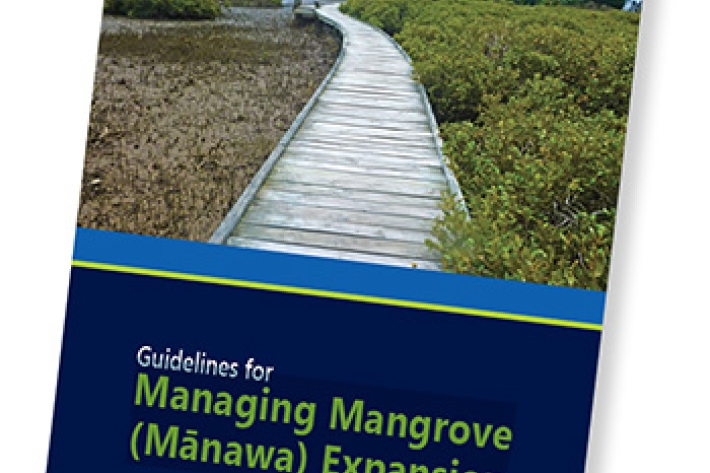
Mangroves: to clear or not to clear?
Media release19 May 2017NIWA scientists have written a guide for managing mangroves, prompted by a desire for people to learn more about mangrove ecosystems, and what happens when they are removed. -

When the sea gives back – a story of luck and decency
Media release15 May 2017NIWA puts a lot of things in the ocean—instruments tied to moorings, floats that dive up and down measuring what’s going on in the water, and video cameras that monitor fish. -
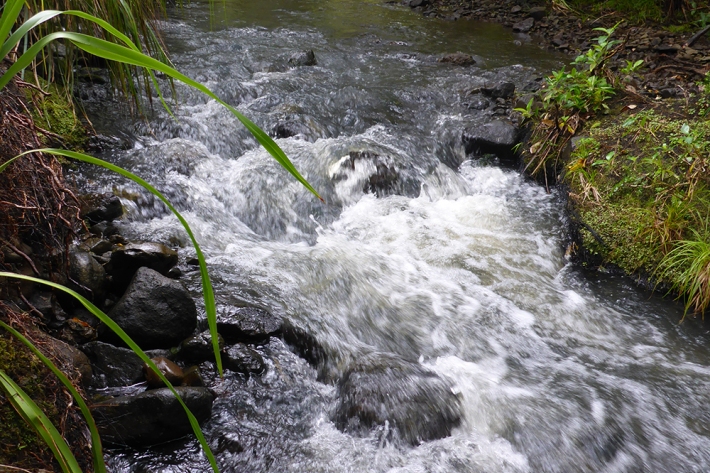
NIWA Technical Background report for MfE “Clean Water” Swimmability Proposals for Rivers
News article11 May 2017NIWA provides technical background information on "Clean Water" swimmability proposals. -

Paradise for eels? Getting to know the secrets of NZ's new icon
Feature story09 May 2017As New Zealand's "Mr Eel", Niwa's Dr Don Jellyman has heard every tall tale. And some of them may be true. -
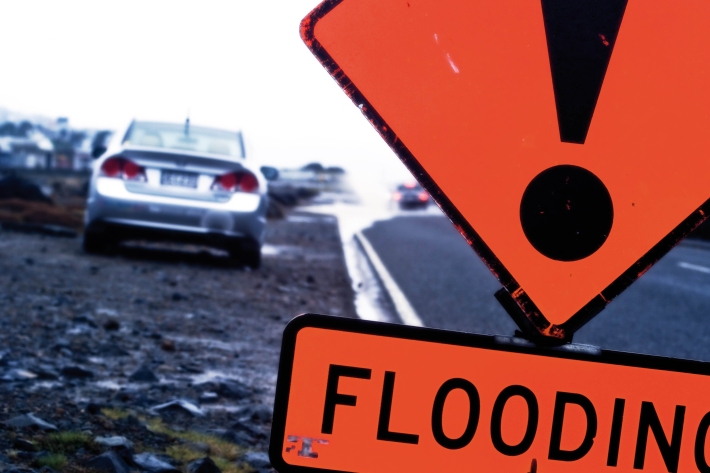
Scientists go door-to-door in Edgecumbe collecting flood information
Media release26 April 2017Scientists will be knocking on doors in Edgecumbe next week seeking to survey the damage done to buildings from recent flooding caused when a stopbank on the Rangitaiki River breached. -

Pollen from NZ may be altering remote deep-sea ecosystems
Media release20 April 2017Pollen from New Zealand pine forests has been shown to travel more than 1500km through wind and ocean currents, and sink thousands of metres into the ocean to reach some of the world’s deepest ecosystems. -
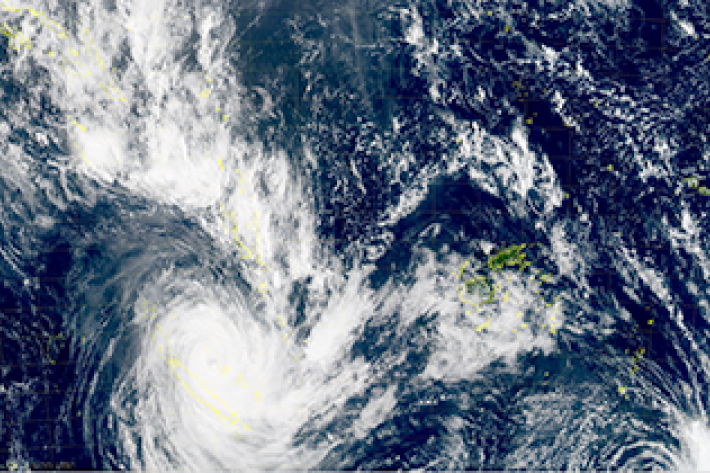
Tropical Cyclone Cook churning across Pacific
Media release10 April 2017NIWA meteorologist Seth Carrier outlines the likely path of Cyclone Cook, which is gaining strength in the Pacific. -
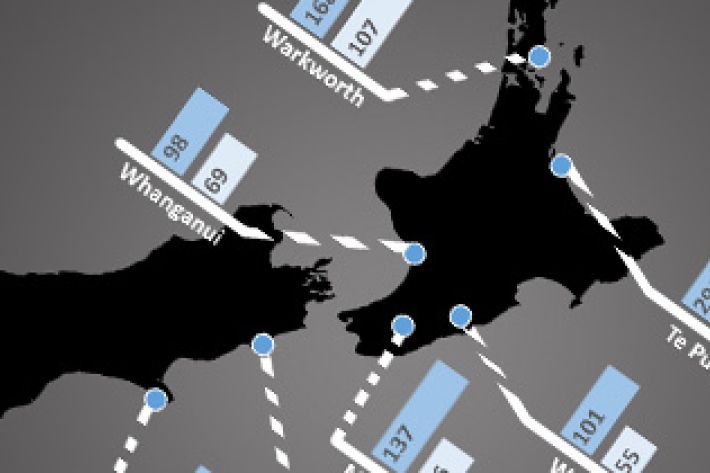
Tropical Torrent by the numbers
Media release07 April 2017The Tropical Torrent that spread over New Zealand this week, produced up to three times the normal April rainfall for some locations in three days, NIWA forecaster Ben Noll says.
